The story of the founder of KFC—Colonel Sanders
By Aniket Gupta | 18 Apr 2024
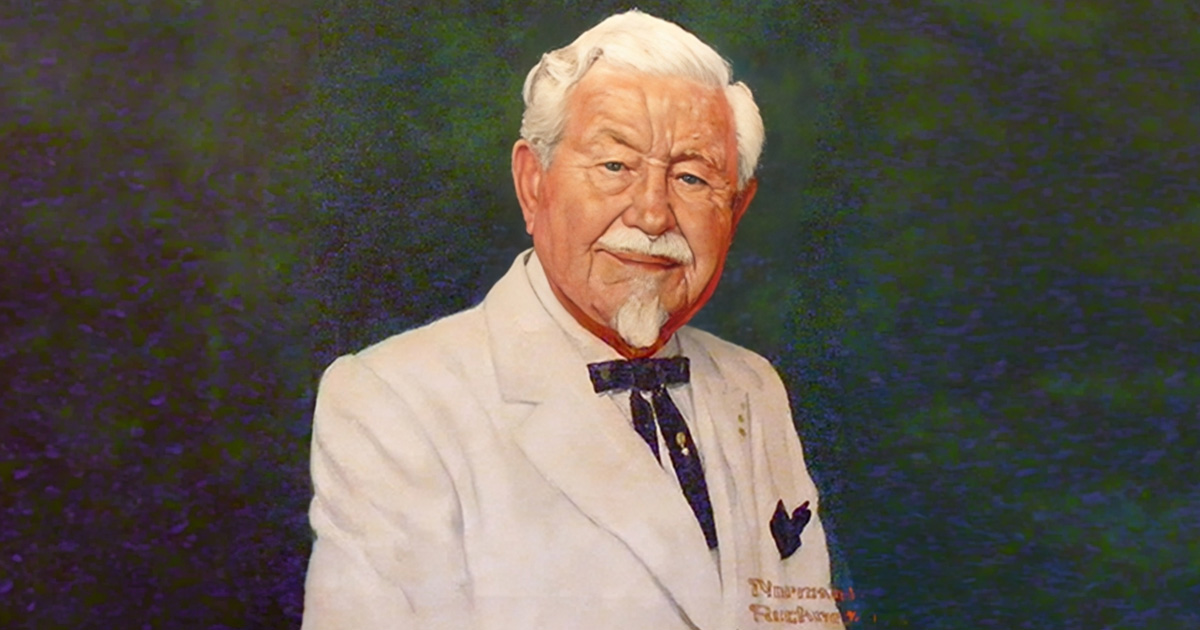
Do you all know the old man in a white suit in the advertisements done by Kentucky Fried Chicken, or KFC?
The individual portraying the character in the advertisements is Colonel Harland Sanders, the renowned founder of KFC. During the 1960s and 1970s, Sanders gained global fame for his distinctive attire, memorable commercials, and television appearances. But behind the charismatic persona of Sanders and his secret recipe to make fried chicken lies the journey of an ambitious man struggling as an entrepreneur in the early 20th century to establish one of the largest fast food restaurants in the world.
Birth and early life
Harland David Sanders had a difficult early life. Born on 9th September 1890, in Henryville, Indiana, USA, Sanders was the oldest of three siblings. His father, Wilbur David Sanders, worked on a farm until he met with an accident and broke his leg. After this, he worked as a butcher and died in 1895. Harland Sanders was only five years old at the time of his father’s death.
Wilbur’s death affected the family both financially and mentally. To make ends meet, Margaret Ann Sanders, Harland Sanders’ mother, took up a small job at a tomato cannery. This left Sanders to take care of his younger siblings at a very young age.
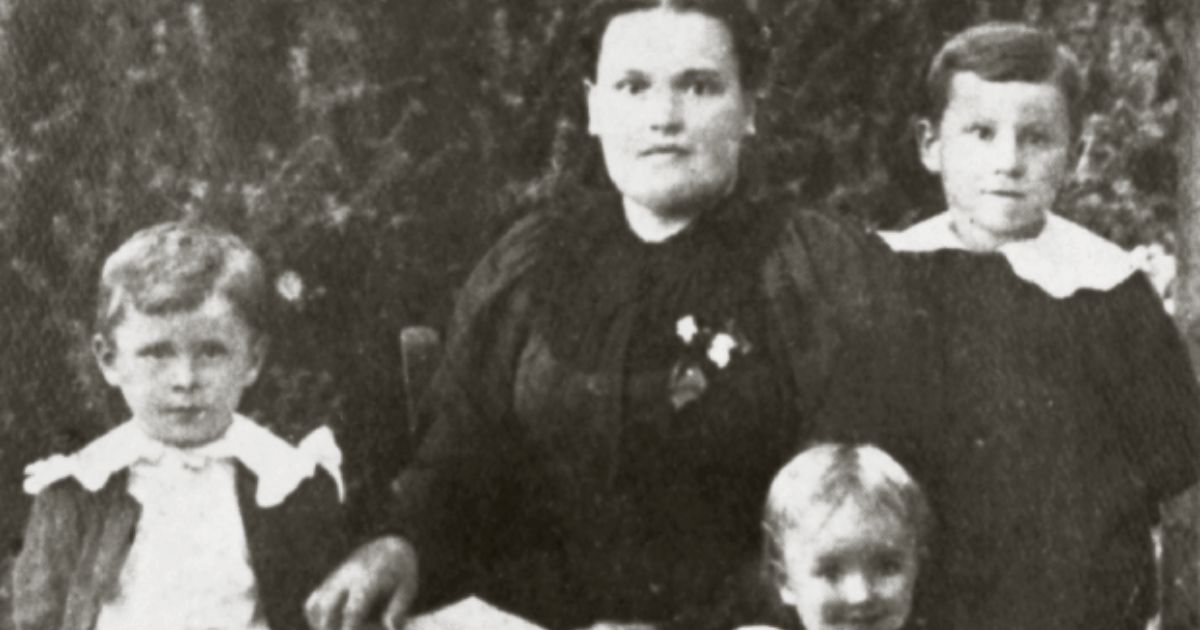
It was during this time that Sanders learned to cook, and he even achieved mastery in cooking bread and vegetables by the age of 7. He also started cooking meat for his siblings during this time.
Later, his mother remarried twice, and in 1902, the family moved to Greenwood, Indiana, making life more difficult for the young Sanders.
In 1903, Sanders left school, declaring his disdain for algebra, and started taking up odd jobs nearby.
Sanders’ early professional life
Sanders left home, aged 13, and went to Indianapolis to work as a horse carriage painter. Only a year later, he went to Southern Indiana to work on a farm, as his father had done in his younger days.
In 1906, Sanders went to live with his uncle in New Albany, Indiana and took up a job as a conductor on a streetcar. He then joined the United States Army in the same year by falsifying his birth certificate.
His brief stint in the Army saw him working as a wagoner (someone who drives carts to deliver supplies) in Cuba. Sanders even earned a Cuban Pacification Medal for his service and was honorably discharged in February 1907.
Sanders lived the next few years, moving to different cities and taking up different jobs. He worked as a railroad worker, a fireman, an insurance salesman, a ferry operator, and even as a midwife.
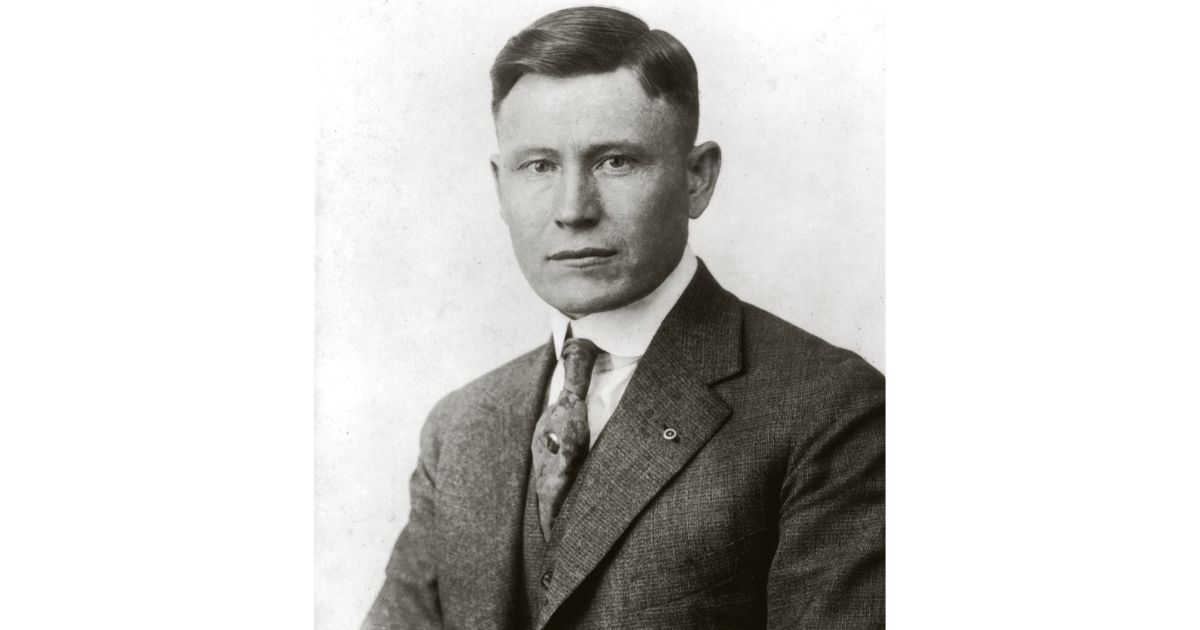
In 1909, while working on a railroad in Alabama, he met Josephine King, whom he later married on 15th June 1909. Sanders had three children with Josephine, but unfortunately, their son, Harland David Jr., died from infected tonsils in 1932, aged 20.
To provide a more stable income for his family, Sanders decided to study law through a correspondence course from La Salle Extension University. He worked as a fireman during the day at the Illinois Central Railroad and studied law during the night.
He soon moved to Little Rock, Arkansas, to start his practice. And he worked as a lawyer for three years. His law career had to end abruptly after he was involved in a courtroom brawl that ruined his reputation.
He then moved back to Henryville with his mother and started doing different jobs, such as selling life insurance for Prudent Life Insurance Company and working as a ferry captain.
After repeated professional failures, Sanders finally decided that it was time for him to put his culinary skills on display. Thus started the story of one of the most popular fast-food companies in the world.
Sanders’ earliest culinary venture
In 1930, Sanders was running a gas service station for Shell Oil Company in North Corbin, Kentucky. Here, Sanders began serving different meals, such as chicken, country ham, and steak, to the weary travelers who came to his service station. He served these meals near his living quarters but soon opened a small restaurant for his customers.
Soon, given his amazing culinary skills, Sanders started making good profits. As his popularity grew, Ruby Laffoon, then governor of Kentucky, commissioned him as Kentucky Colonel, the highest honor bestowed in the state.

By the late 1930s, Sanders started facing some problems with his restaurant and service station business. Growing competition in the area, a shootout with a local competitor, Matt Stewart, and a fire that burned down his North Corbin restaurant forced Sanders to make strategic decisions to survive in the business.
Sanders rebuilt the restaurant, this time as a 140-seat restaurant, to accommodate more customers. He also bought a motel in Asheville, North Carolina. And he started working on a ‘secret recipe’ to make fried chicken and gain an edge over competitors. Even today, KFC guards this secret recipe from its competitors. Sanders started cooking his chicken in a pressure fryer, which was faster than pan-frying.
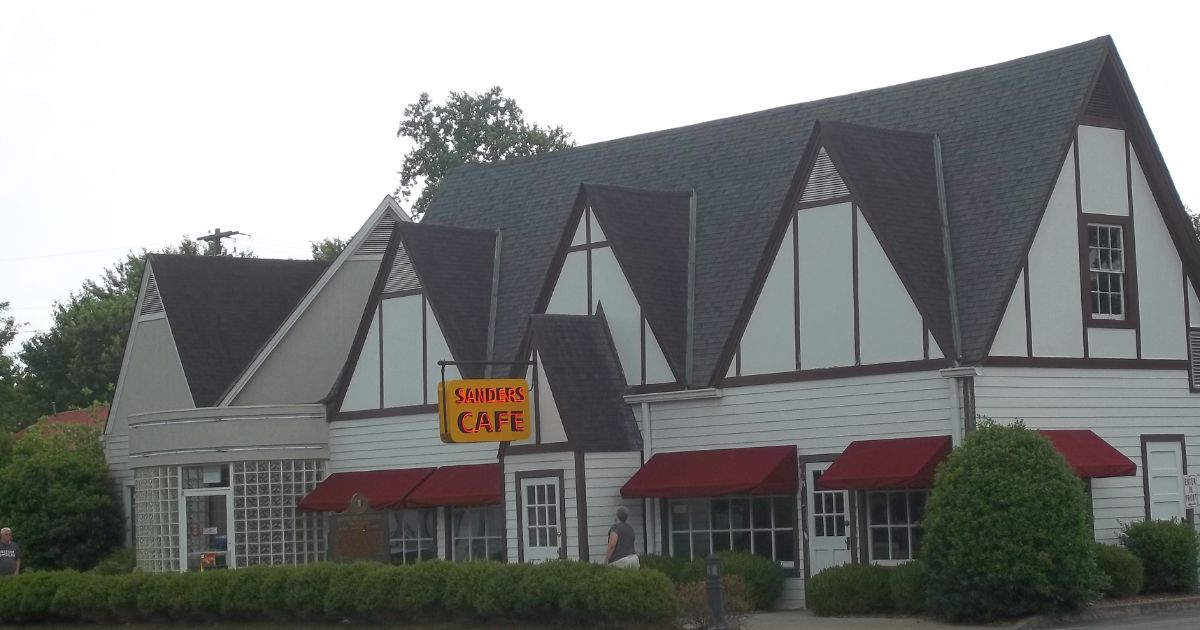
But Sanders started facing problems again. When the US entered World War II in 1941, they started rationing gas, and even tourism started to decrease. This caused a severe dent in the Sanders motel business. In 1942, he decided to shut down the Asheville motel and finally sold off the business. He later went to Seattle to work as a supervisor and then went to Tennessee to work in a cafeteria.
As his professional life encountered setbacks, so too did his personal life. Sanders and Josephine were divorced in 1947. In 1949, he married his longtime mistress, Claudia Ledington-Price.
Birth of KFC
Sanders soon realized that setting up a restaurant and maintaining it was a very high-risk business, which also required a lot of capital. He thought that rather than opening a new restaurant, he would simply franchise his best product, the secret recipe for his fried chicken.
A franchise is a widely used business model where the original party grants rights or authorization for the commercial use of its products or services. In return, the franchisee shares a portion of the revenue with the franchisor.
With this plan in mind, Sanders started touring the country, meeting with restaurant owners, and trying to negotiate deals with them to franchise his recipe.
He had some initial luck as he met Leon Weston “Pete” Harman in South Salt Lake, Utah. Harman was one of the largest restaurant operators in the city. Sanders negotiated a deal with Harman and franchised his fried chicken recipe for $0.04 per chicken sold.

Harman struck gold with this deal, as his restaurant sales tripled over the next year. The fried chicken was outselling all other products in the restaurant. During this time, Rodney L. Anderson, a local Utah painter, advised Sanders and Harman to keep the name of the chicken as Kentucky Fried Chicken, or KFC.
There were two reasons behind choosing this name: firstly, because the original recipe originated in Kentucky, and secondly, because the Southern USA is renowned for its fried chicken, commonly found in restaurants across the region. Anderson believed that incorporating the name ’Kentucky’, which blends elements of both the Midwestern and Southern regions, would set the product apart from traditional Southern fried chicken offerings.
Coming back to Sanders, while he was still touring the country, meeting with restaurant owners for potential deals, his wife Claudia was running the motel in North Corbin, Kentucky. Unfortunately, in 1955, the couple had to sell the motel due to a new Interstate highway passing nearby that reduced the number of restaurant customers.

In the late 1950s, Sanders had to face some dark days as he traveled across the country to franchise his recipe. His savings almost dried up, and he had to sleep in the back of his car to save money. Finally, in 1959, the couple decided to set up a new headquarters for KFC and a restaurant in Shelbyville, Kentucky.
It took some time to get going, but the franchise approach taken by Sanders started to bear fruit. Franchisees had now started visiting Sanders to work out deals.

KFC started expanding rapidly and even moved overseas. By the mid-1960s it had opened outlets in Canada, the UK, Australia, Mexico, and Jamaica. Sanders even obtained a patent for his method of pressure-frying chicken in 1962. And then, in 1963, he trademarked the iconic phrase “It’s Finger Lickin’ Good”.
By 1964, KFC had over 600 outlets, and managing them became too difficult for the now-73-year-old. So he hesitantly decided to sell his business to worthy investors for a good price.
In 1964, Sanders sold Kentucky Fried Chicken Corporation to a group of investors led by John Y. Brown Jr. and Jack C. Massey for $2 million (about $20 million in 2024). As mentioned before, Sanders was hesitant to give up control of the company he had built so passionately. So he retained some rights in the company in the deal. He became the brand ambassador for KFC and also retained the rights to oversee operations in Canada.
It was Brown who came up with the idea of putting Sanders's face in the logo of the company to ignite a warm feeling among customers.
Brand ambassador, lawsuits, death, and legacy
Over the next few years, Sanders remained an important figure in promoting the brand. He traveled over 320,000 km in a year to appear in commercials and TV interviews, promoting KFC. Soon the whole country started noting his popularity, and KFC’s sales skyrocketed.
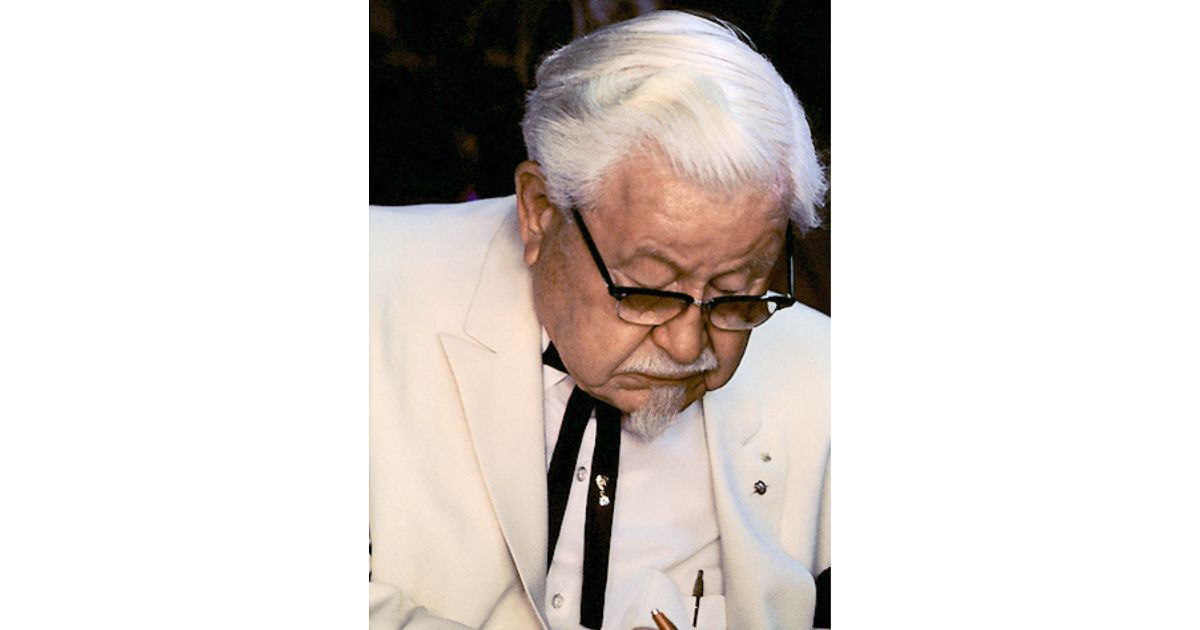
Sanders even had a good amount of influence on the executives of KFC. He often helped them create new dishes and launch them. But in the 1970s, cracks began to appear.
Sanders’ discontent with Brown’s decision to sell KFC to Heublein Inc. in 1973 initiated a series of legal battles between Sanders and Heublein over the next few years.
The first lawsuit was initiated by Sanders, who sued Heublein for misusing his image, alleging that the company had used his likeliness on products with which he was not associated. In 1975, Heublein sued Sanders for libel after he publicly criticized their gravy, likening it to sludge and stating it tasted like wallpaper.
Sanders went on to open a new restaurant in Shelbyville, naming it ‘Claudia Sanders, The Colonel’s Lady.’ However, they faced another lawsuit from Heublein regarding naming rights. Although they eventually reached an out-of-court settlement, Sanders was compelled to sell the restaurant.

The restaurant continues to operate under the name Claudia Sanders Dinner House and holds the distinction of being the only non-KFC establishment authorized to serve the original recipe of fried chicken.
Sanders was diagnosed with acute leukemia in June 1980 and passed away six months later, on 16th December 1980, at the age of 90, due to pneumonia. Despite his illness, he remained active until shortly before his death. In the last two decades of his life, he only made public appearances in his iconic white suit, showing his utmost dedication to KFC.
His funeral was held at the Kentucky State Capitol in Frankfort, which was attended by over 500 people. Sanders was buried in his signature white suit and black Western string tie at Cave Hill Cemetery in Louisville, Kentucky.

At the time of Sanders’ death, KFC had grown to approximately 6,000 outlets across 48 countries. Today, KFC is a subsidiary of Yum! Brands and has a presence in 145 countries with over 25,000 outlets, making it the third-largest fast-food chain in the world. As of 2023, KFC was worth around $17.6 billion.



















